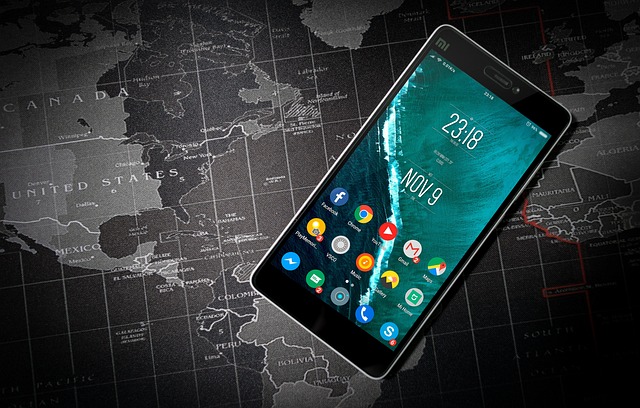The Evolution of TV Display Technology: A Visual Exploration of Screens and Monitors
In the world of entertainment, the screen is more than just a piece of technology; it’s the gateway to a multitude of experiences and stories. From the flickering black-and-white images of the past to today’s stunning Ultra HD displays, the evolution of TV and monitor technology has transformed the way we consume media.
The Beginnings: CRT Monitors
It all started with Cathode Ray Tube (CRT) televisions, the bulky giants that dominated our living rooms for decades. These screens were revolutionary for their time, delivering rich, vibrant colors and decent resolution. However, they came at the cost of space, weighing down your entertainment setup. Despite these limitations, for many of us, that familiar glow and crackle of a CRT TV represent a nostalgic connection to our childhood.
The Transition: LCD and Plasma
As technology advanced, we witnessed the transition to Liquid Crystal Display (LCD) and Plasma screens. These new displays brought slimmer profiles and enhanced picture quality, making it possible for us to enjoy our favorite shows without the bulk of the old CRT. The bright, vivid colors and sharp visuals made watching TV a more immersive experience. With these screens, the idea of binge-watching became a reality, allowing us to lose ourselves in entire seasons of our favorite series.
High Definition and Beyond: LED and OLED
The introduction of LED (Light Emitting Diodes) enhanced energy efficiency and further improved picture quality, leading to the popularization of High Definition (HD) content. Soon after came Organic LED (OLED) technology, which offered unmatched blacks, incredible contrast ratios, and wider viewing angles. The sleek design and stunning visuals of OLED screens turned our living rooms into mini theatres, enhancing the cinematic experience right at home.
The Current Standard: 4K and 8K Displays
As technology continues to evolve, we now enjoy 4K and even 8K displays, pushing the boundaries of screen resolution. These ultra-high definition screens showcase content in astonishing detail, allowing for a more life-like viewing experience. Whether it’s the sweeping landscapes of nature documentaries or the intricate details in action scenes, every pixel adds to our immersion. It’s no longer just about watching a show; it’s about being part of the narrative.
The Future: Smart Screens
As we look ahead, the rise of smart screens integrates our viewing experiences with the digital world. The convergence of display technology with internet connectivity means that our screens are now not just passive tools but interactive devices, offering an array of content at our fingertips. With apps, streaming services, and voice control, we can curate our viewing experiences like never before.
In Closing
From the humble beginnings of CRT screens to cutting-edge OLED models, the evolution of TV display technology has been nothing short of remarkable. Each advancement has reshaped the way we connect with stories, bringing them closer to our lived experiences. As we continue to embrace new technologies, one thing remains constant: our love for screens that transport us to another world, together on this visual journey.




